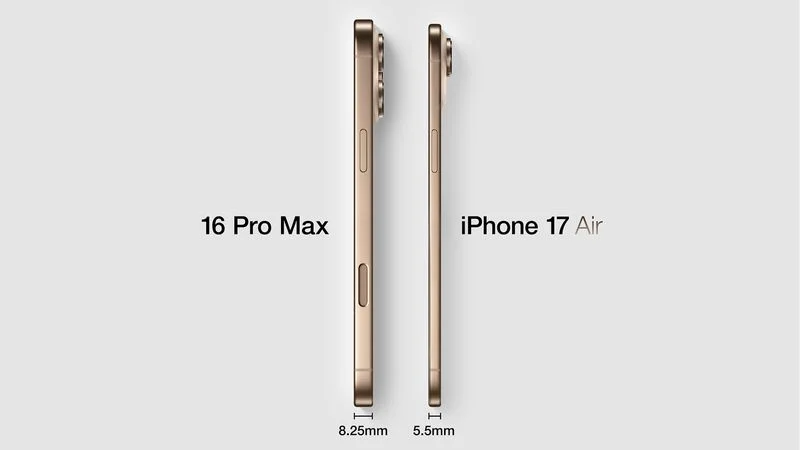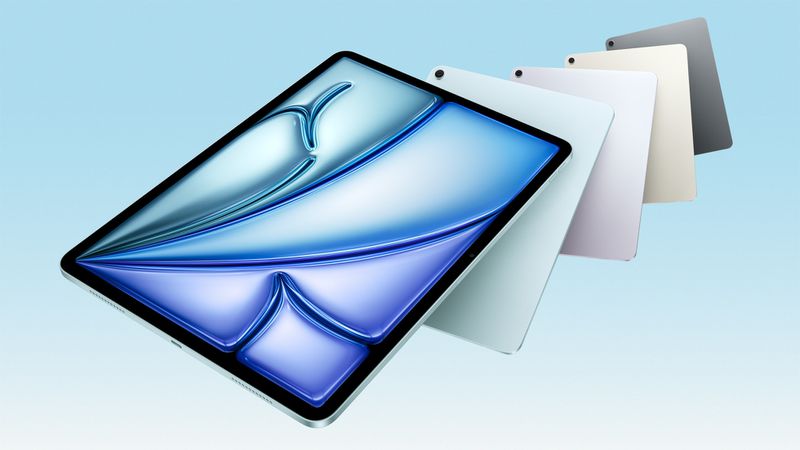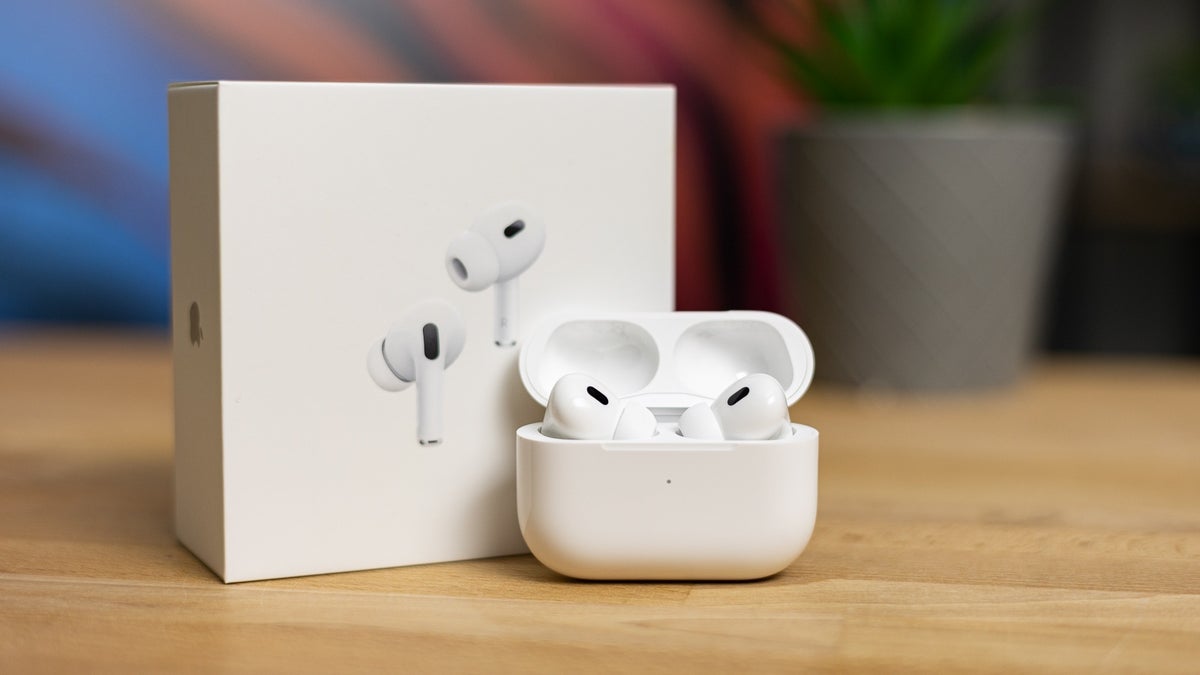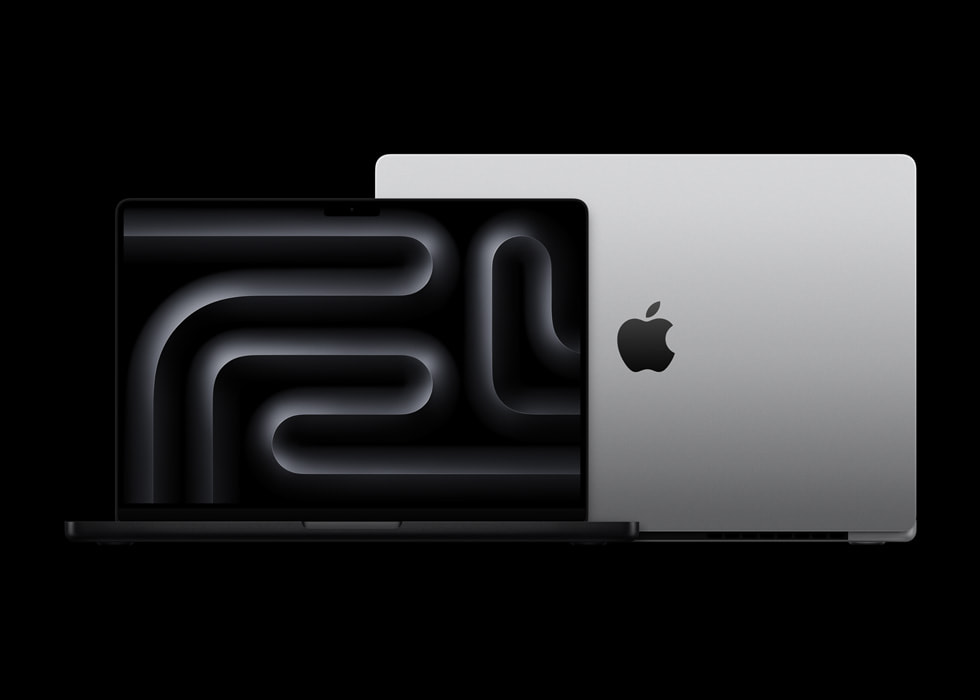The next iPhone update, iOS 18.4, brings a feature many people have been asking for, but it’s not available everywhere yet.
Picking Your Favorite Navigation App
With iOS 18.4, you can choose a navigation app other than Apple Maps to be your go-to. This is great news if you prefer apps like Google Maps or Waze. However, this option is only for people in the European Union (EU). To set it up, just go to the Settings app, tap Apps, then Default Apps, and pick your navigation app under Navigation. Apple added this because of a new EU rule called the Digital Markets Act. We wish this choice was available for everyone around the world!
A Little Something for U.S. Users
For those in the U.S., Apple didn’t leave you out completely. With iOS 18.4, you can pick a default translation app. So, if you like Google Translate better than Apple’s own Translate app, you can make it your main one. It’s not as big as the navigation change, but it’s a nice touch.
When’s It Coming?
Right now, iOS 18.4 is being tested in its beta version. Apple says it’ll be ready for everyone to download in early April. That’s according to their official website.
This update shows that Apple is listening to what people want, even if some features are limited to certain places. Hopefully, more options like these will roll out globally soon!






